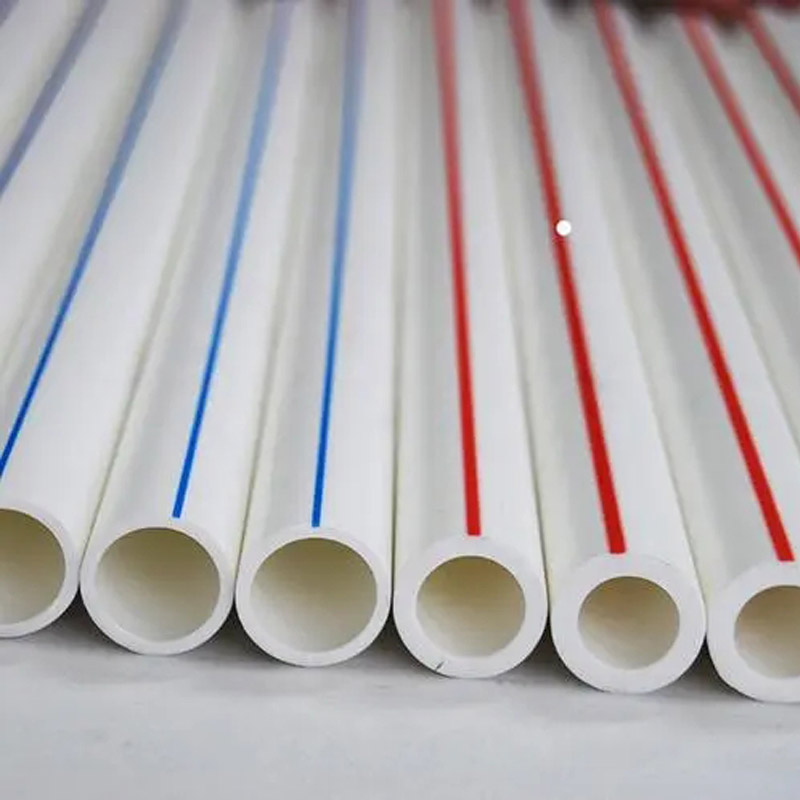Nov . 22, 2024 04:52 Back to list
china ppr pipe vs pvc pipe
China PPR Pipe vs PVC Pipe A Comprehensive Comparison
In recent years, the construction and plumbing industries have witnessed significant advancements in materials, leading to a plethora of options available for various applications. Among these materials, PPR (Polypropylene Random Copolymer) pipes and PVC (Polyvinyl Chloride) pipes have gained immense popularity in China and worldwide. Each type of pipe has its unique properties, advantages, and disadvantages. This article aims to provide an in-depth comparison of China’s PPR pipes and PVC pipes to help you make an informed decision for your plumbing needs.
1. Material Properties
PPR pipes are made from a type of polypropylene that offers excellent resistance to high temperatures and pressures. One of the standout features of PPR is its flexibility, which allows for easy installation and sealing. PPR pipes are also resistant to corrosion and are less likely to fail under extreme conditions.
Conversely, PVC pipes are made from a synthetic plastic polymer, which gives them high durability and strength, particularly in low-pressure applications. However, PVC is not as resistant to high temperatures as PPR, making it less suitable for hot water systems.
2. Applications
In China, PPR pipes are widely used for hot and cold water supply systems, heating installations, and irrigation. Their ability to handle high temperatures makes them ideal for residential and commercial plumbing that involves hot water. Additionally, PPR's low thermal conductivity helps to maintain water temperatures efficiently.
PVC pipes, on the other hand, are commonly used for drainage, wastewater management, and irrigation systems. Because of their cost-effectiveness and ease of use, they are often the material of choice for non-pressure applications. The use of PVC pipes in electrical applications, such as conduits, is also well-established.
3. Installation
When it comes to installation, PPR pipes have the edge due to their lightweight nature and ease of cutting and joining. They use a fusion welding technique, which creates a strong, leak-proof connection. This not only ensures durability but also minimizes the risk of joint failure, making PPR pipes a popular choice among plumbers.
china ppr pipe vs pvc pipe

PVC pipes are also lightweight and easy to work with, but they require solvent cement for joining, which can be a more time-consuming process than fusion welding. Additionally, the joints created with PVC can sometimes be less robust compared to those in PPR systems.
4. Longevity and Maintenance
PPR pipes have a longer lifespan of up to 50 years, thanks to their resistance to corrosion and chemical degradation. They do not accumulate scale, which helps maintain a higher flow rate over time. The low maintenance requirement of PPR pipes adds to their overall cost-effectiveness.
PVC pipes, while generally durable, can become brittle over time, especially when exposed to UV rays or extreme temperatures. This brittleness can lead to cracking in cold weather or under stress, which may require more frequent replacements and maintenance.
5. Environmental Considerations
Both PPR and PVC pipes are recyclable, but their environmental impacts differ. PPR pipes are considered more environmentally friendly as they do not release harmful toxins during production or disposal. On the other hand, the production of PVC pipes involves harmful chemicals and can release dioxins, which are hazardous.
Conclusion
In the debate of PPR pipes vs. PVC pipes, the choice ultimately depends on specific application needs, budget constraints, and long-term goals. PPR pipes excel in hot water applications, durability, and lower maintenance, making them ideal for residential plumbing. In contrast, PVC pipes are a cost-effective solution for drainage and irrigation systems.
For those seeking reliability and efficiency in their plumbing systems, PPR pipes offer a compelling option. However, for budget-conscious projects that do not involve high temperatures, PVC pipes remain a solid choice. Ultimately, understanding the distinct characteristics of each type of pipe will enable you to select the best material for your plumbing needs in China or beyond.
-
High-Quality PVC Borehole Pipes Durable & Versatile Pipe Solutions
NewsJul.08,2025
-
High-Quality PVC Perforated Pipes for Efficient Drainage Leading Manufacturers & Factories
NewsJul.08,2025
-
High-Quality PVC Borehole Pipes Durable Pipe Solutions by Leading Manufacturer
NewsJul.08,2025
-
High-Quality PVC Borehole Pipes Reliable PVC Pipe Manufacturer Solutions
NewsJul.07,2025
-
High-Quality UPVC Drain Pipes Durable HDPE & Drain Pipe Solutions
NewsJul.07,2025
-
High-Quality Conduit Pipes & HDPE Conduit Fittings Manufacturer Reliable Factory Supply
NewsJul.06,2025

